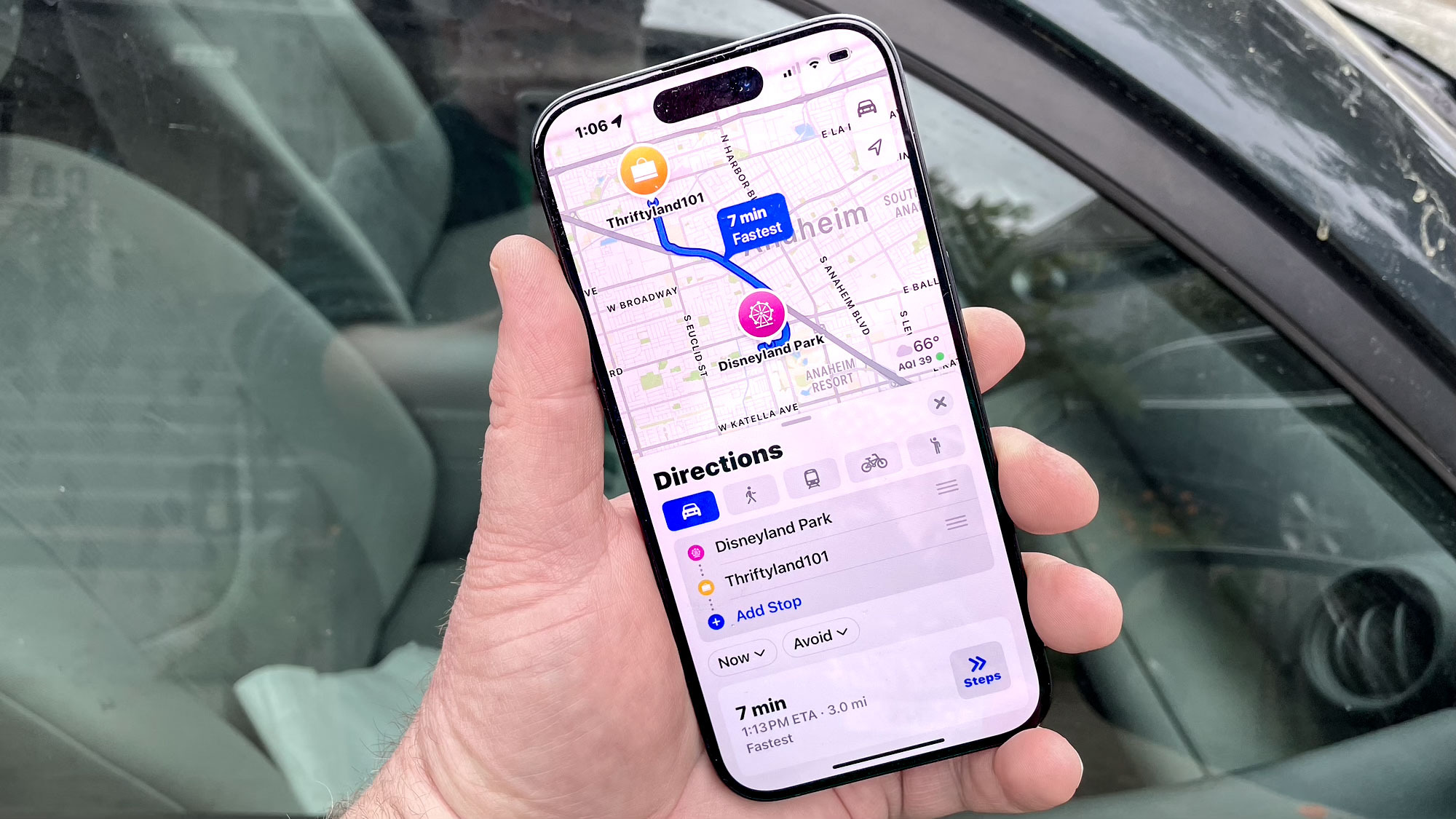This is one of the best exercises for targeting your inner thighs
Here's how to do it correctly

If you’re looking to switch up your exercise routine, then you may want to consider adding in some lateral squats. The term ‘lateral’ means “of, at, toward, or from the side or sides,” according to Oxford Languages. Lateral squats are a functional lower body exercise that targets the gluteus medius (side glutes) and inner thighs.
With that said, lateral squats are a great way to use muscles that seldom get used at the gym whether that’s on the treadmill, stair climber or elliptical. Sometimes we get so comfortable with our normal workout routine that we forget to switch it up, but there’s no better time than now. The best thing about lateral squats? You don’t need a gym to do them. Your body weight is more than enough. To get the latest on this cult-favorite exercise, we’ve tapped a few expert trainers to explain how to do this exercise, common mistakes, benefits and variations you can practice during your next workout.
Looking for more workout inspiration? We’ve found the best ab workouts on YouTube to try right now, as well as the best resistance band leg exercises to try, and the best exercises to do if you’ve been sitting down all day.
How to do lateral squats
To do a lateral squat, start with your feet wider than your shoulders with your toes and knees pointing straight ahead. Brace your core and straighten your torso. To do this, think of elongating your spine, chest proud and belly squeeze to brace a punch.
“Keeping most of your weight in your heel and balanced through the big toe, shift your weight onto one foot (keeping both feet planted into the ground). As you shift your weight to one side, hinge the hips back and lower the butt towards the ground,”says Mallory Fry, Row House coach, and certified exercise physiologist. “The opposite leg stays straight during this entire process. Once you reach a comfortable depth (no deeper than the quad being parallel to the ground), drive through the weight-bearing heel, straighten the leg, pushing yourself up into the starting position. Then you repeat on the opposite side of the body.”
Now that you know how to do lateral squats, it’s important to make sure you have the proper form. Nobody knows better form more than Nikki Gnozzio and Founder of Junction Bodyworks.
“Lateral squats should be done with the heels flat to the floor and good strong back posture. If you can’t keep your heels down, you can add a heel wedge under the heel of the foot or a plate to help elevate the heel slightly,” Gnozzio says.
Sign up to get the BEST of Tom's Guide direct to your inbox.
Get instant access to breaking news, the hottest reviews, great deals and helpful tips.
If you feel like your back is rounding forward, try anchoring a stick under your armpits with your arms wrapped around it to force you to stick your chest out and work on your form.
“Try to keep your knee over your foot as you go side to side. Depending on how low you go your knee may transition over the toes. This will usually happen at around the 90˚ mark of the knee bend.”
Common form mistakes during lateral squats
Proper form is essential to receiving the maximum benefit of any exercise including lateral squats. It’s normal for your form to be a little off-kilter if it’s your first time, but here are some common mistakes made during lateral squats you can look out for.
“One common mistake I see is people shifting too much weight into the ball of the foot, allowing the heel to come off the ground and placing extra stress on the knee,” says Raphael Konforti, senior director of fitness at YouFit Gyms. “Forcing yourself to go lower than your flexibility compromises the knees and low back.”
Konforti urges people to reset if they need to. If something feels off, readjust your stance and angle.
What are the benefits of lateral squats?
But what muscles are you targeting as you lateral squat? “Lateral squats are great for training our “lateral systems” which are usually neglected as most people prefer to move mostly forward and backward,” says Gnozzio “It will help to balance out the body from being front and back dominant.”
In addition, Konforti chimes in that lateral squats work the quadriceps, glutes, hamstring, and core.
What are the different variations to try?
To get more out of a lateral squat, you can try different variations to work different muscle groups.
“Add a step between each rep so you complete all reps on the right side then work your way back to complete all reps on the left,” says Konforti. “Also, you can hold the weight in a different position to change the challenge of the exercise - try a light barbell on the back - hold a kettlebell at chest height or hold two dumbbells by your side.”
For the more avid gym-goers, Fry suggests adding in an Olympic weightlifting bar if you have a spotter nearby.
Casey Clark is a New York City based freelance writer who specializes in beauty, fashion, and lifestyle content. Casey's work has been featured in Women's Health, SELF, Shape, Forbes, Cosmopolitan, etc. When she's not writing, you can find her swatching the latest lipsticks or out to brunch with her girlfriends.

